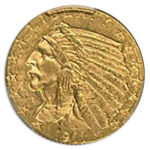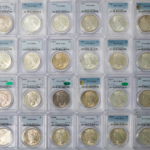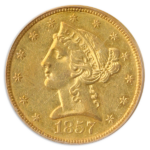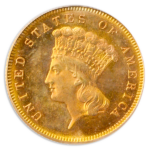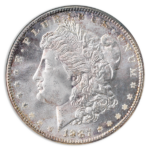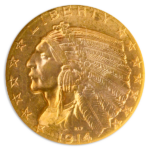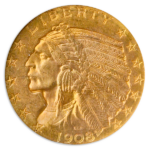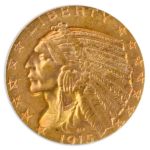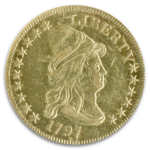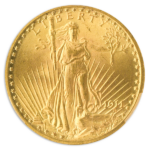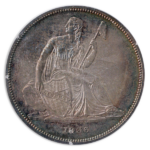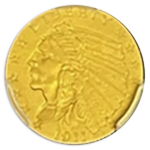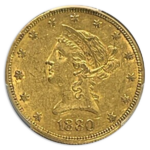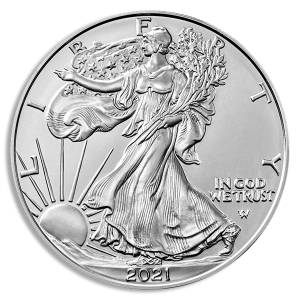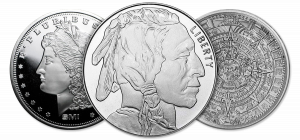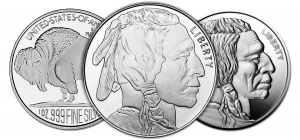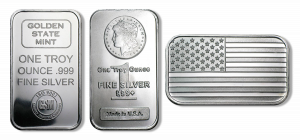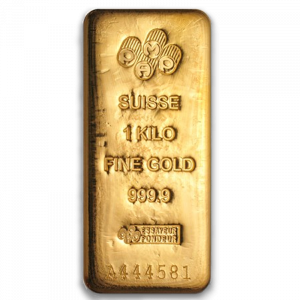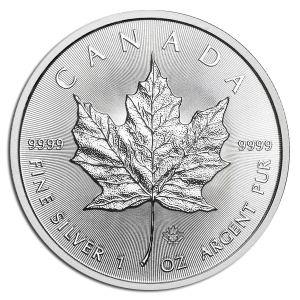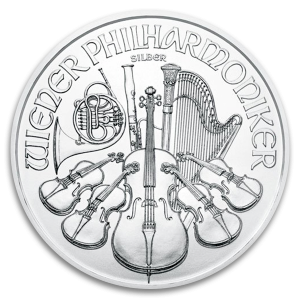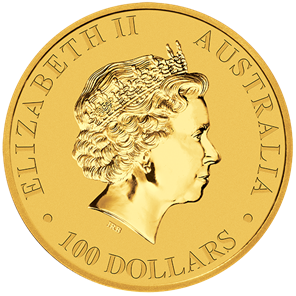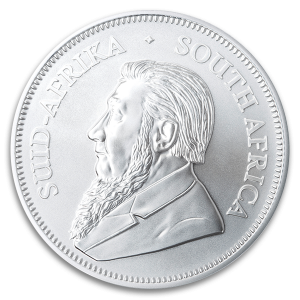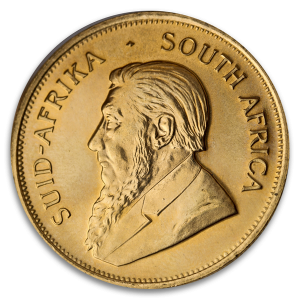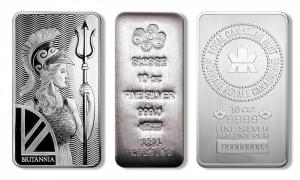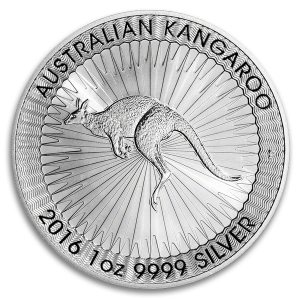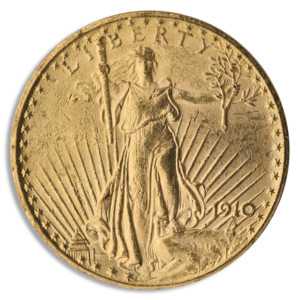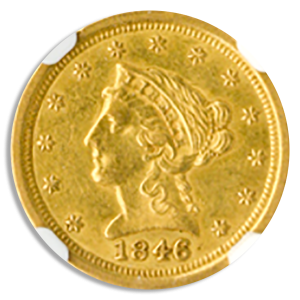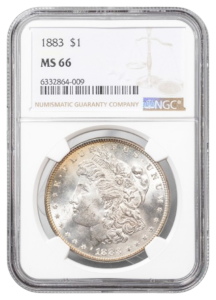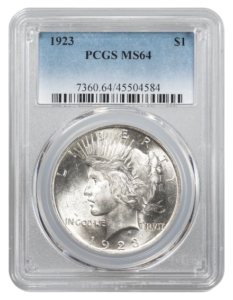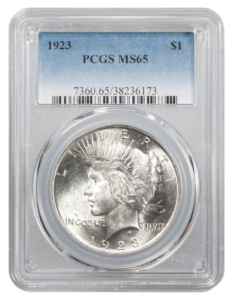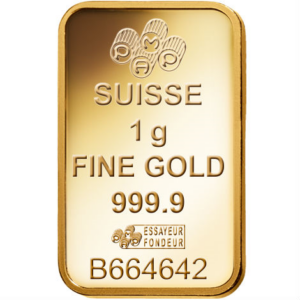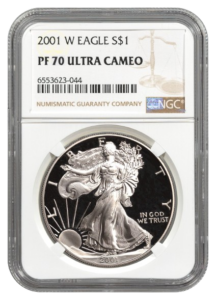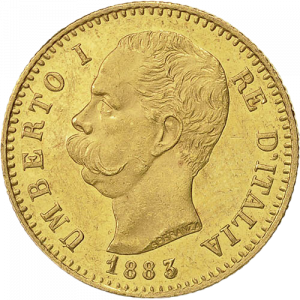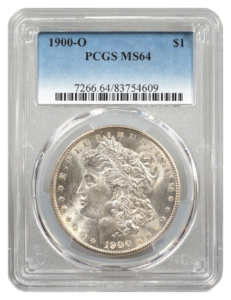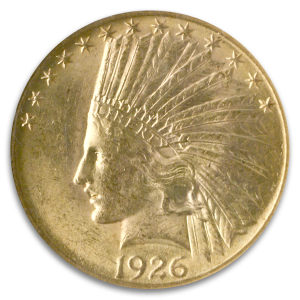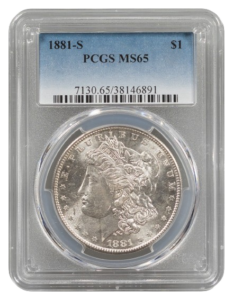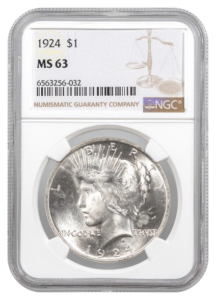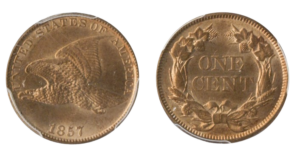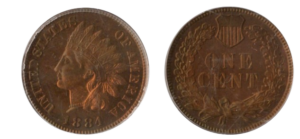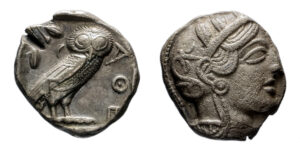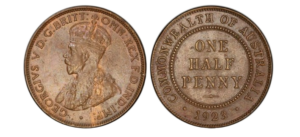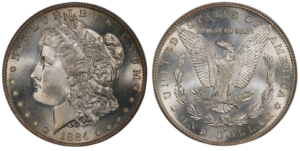Market News Blog
View All
4.7/5 Overall Satisfaction Rating
2024/04/19
Buying on line from Blanchard is fairly easy.
2024/04/18
Your company is terrific
2024/04/18
Easy to understand.
2024/04/17
I am ok with my order
2024/04/17
Amazing experience working with Gwen, would definitely recommend to anyone looking to invest in precious metals.
2024/04/17
No comment
2024/04/17
Easy to purchase
2024/04/17
Very easy and great selection
2024/04/17
Love my coin! Great investment!
2024/04/17
thank you
2024/04/16
Delivery was quick.
2024/04/16
2qwer['
2024/04/16
Fast
2024/04/16
I'll be opening a account at bank of America,, bank of Oklahoma and fidelity weokie midfiest bank
2024/04/16
Great process. Can’t wait to receive my product
2024/04/15
I just recently started to buy my silver from Blanchard gold just to try them out. After a few small orders with them I've come to find out that they don't carry the items that they advertise on their web site in stock. They order from the mint after they receive your order. This makes getting your items very slow. Plus they charge 23.00 dollars for shipping anything under 299.00, where my other vendors it's free shipping after spending only 199.00. I did contact their customer service about how slow it took to get my coins and voiced my concerned and I basically got an answer that said maybe I should just keep buying from my other vendors. Well maybe I will do just that. ( I have the email from them) . Since this recent issue I've found another vendor with lower prices and shipping is only $7.99 for any order under 199.00. so good luck Blanchard's I'll be moving on.
2024/04/15
I would have preferred to lock in a price and send a check verses paying by credit card to purchase not. But I understand the business model. Overall it is good.
2024/04/15
The only precious metal company I buy from. Have never had any problems.
2024/04/15
Quick check out
2024/04/15
Old Company with good values.
2024/04/15
good
2024/04/15
If I get this Gold before WWIII starts I shall buy more
2024/04/14
everything is good
2024/04/14
I bought lots of coins from you with the accumulation program.
2024/04/14
Quick and easy
2024/04/13
great pricing, quick delivery, convenient options to pay. Great selection
2024/04/13
Easy transaction
2024/04/13
Kinda new to the metal game. Seems legit. YAY.
2024/04/13
this is such a cool website best website ever thanks guys definitely shopping here again asap
2024/04/13
Always great doing business with you guys
2024/04/13
Good stuff, terrific stuff
2024/04/12
Smooth transaction
2024/04/12
easy purchasing process
2024/04/12
Fast delivery
2024/04/12
Very easy to order. Thank you
2024/04/12
Easy
2024/04/12
Fast and easy
2024/04/12
Very dependable service. Thank you
2024/04/12
rewarding
2024/04/11
Revived in good. Thanks
2024/04/11
It was an easy site to use
2024/04/11
Laura was very helpful
2024/04/11
Fast and at the right price for my 1928 Peace dollar.
2024/04/10
Good transaction
2024/04/10
As always, good purchase experience
2024/04/10
Easy transaction and I received valuable advice from a live Blanchard person.
2024/04/10
good quality products
2024/04/10
Great prices and easy to order
2024/04/09
Fast, efficient process, for an investment of gold.
2024/04/09
easy









